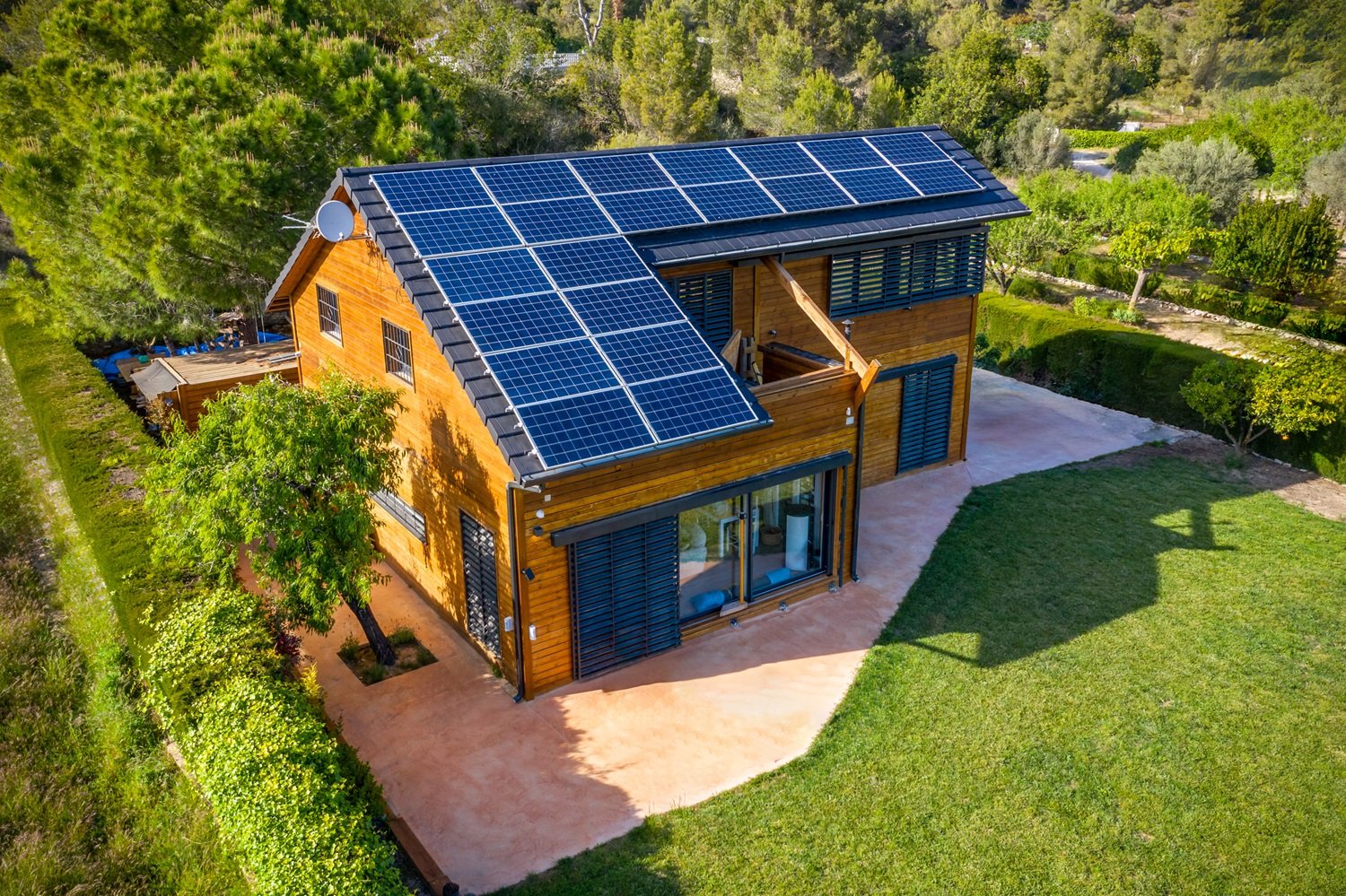
Get matched with top ducts & vents installers and replacers in your area
Enter your zip and get matched with up to 3 pros
Matching on HomeAdvisor


Ducts & vents installers and replacers in South-bend
No results for Ducts & Vents - Install or Replace in
Try adjusting your search criteria.Ducts & vents installations and replacements FAQs
A dryer vent allows warm, moist air from inside the clothes dryer unit to escape to the outdoors. Without one, the warm air and moisture remain in your home, leading to mold, rot, and higher cooling bills over time. This project requires cutting a hole in the exterior of your home, so you should hire a professional contractor or carpenter to perform the work.
Use rigid metal when the duct runs behind walls, under floors, or through ceilings—it’s durable and clears lint efficiently. Semi‑rigid metal works well for short, visible sections that need a little flexibility. Your installer will match the material to the layout, but steer clear of flexible foil or vinyl hoses, as they can trap lint and increase the fire risk.
In tight spaces—a compact laundry room, kitchen, or bathroom—a slim or periscope duct lets the dryer sit close to the wall and still vent efficiently. This approach permits the dryer to sit close to the wall while ensuring efficient airflow. Slim vents offer a wide, rectangular design that fits perfectly in confined areas and can be installed vertically, horizontally, or diagonally. If allowed by local codes, surface-mounted ductwork further enhances accessibility and safety.
Plan on hiring a dryer vent cleaning professional to visit your home once a year to keep airflow strong and reduce fire risk. Large households or extra‑long vents may need a check every six months. Regular service sweeps out lint, spots damage early, and helps the dryer run more efficiently.
Qualified professionals for dryer vent installation include HVAC installers who deliver unmatched expertise for safe, secure installations. Experienced handypersons, plumbers, and roofers also perform these projects when the job is simple or when the vent pathway is clearly accessible. An HVAC installer guarantees a proper, code-compliant installation. For complex installations involving concealed ducts or challenging routes, always choose a specialist with a solid track record.
The maximum allowable dryer vent length is set at 25 to 35 feet by local building codes. Any 90-degree turn in the vent layout reduces this maximum by five feet. This exact measurement ensures efficient airflow and minimizes lint buildup, thereby enhancing safety. Adhere to your local code requirements to guarantee a proper and safe installation.





- Birmingham
- Phoenix
- Tucson
- Fresno
- Long Beach
- Los Angeles
- Modesto
- Sacramento
- San Diego
- San Francisco
- San Jose
- Denver
- Hartford
- Washington DC
- Fort Lauderdale
- Jacksonville
- Miami
- Orlando
- Tampa
- Atlanta
- Chicago
- Indianapolis
- Louisville
- New Orleans
- Baltimore
- Boston
- Detroit
- Grand Rapids
- Minneapolis
- Saint Paul
- Kansas City
- Saint Louis
- Las Vegas
- Albany
- New York
- Asheville
- Charlotte
- Greensboro
- Raleigh
- Winston Salem
- Cincinnati
- Cleveland
- Columbus
- Oklahoma City
- Portland
- Harrisburg
- Philadelphia
- Pittsburgh
- Providence
- Memphis
- Nashville
- Austin
- Dallas
- El Paso
- Fort Worth
- Houston
- San Antonio
- Salt Lake City
- Norfolk
- Richmond
- Virginia Beach
- Seattle
- Madison
- Milwaukee



